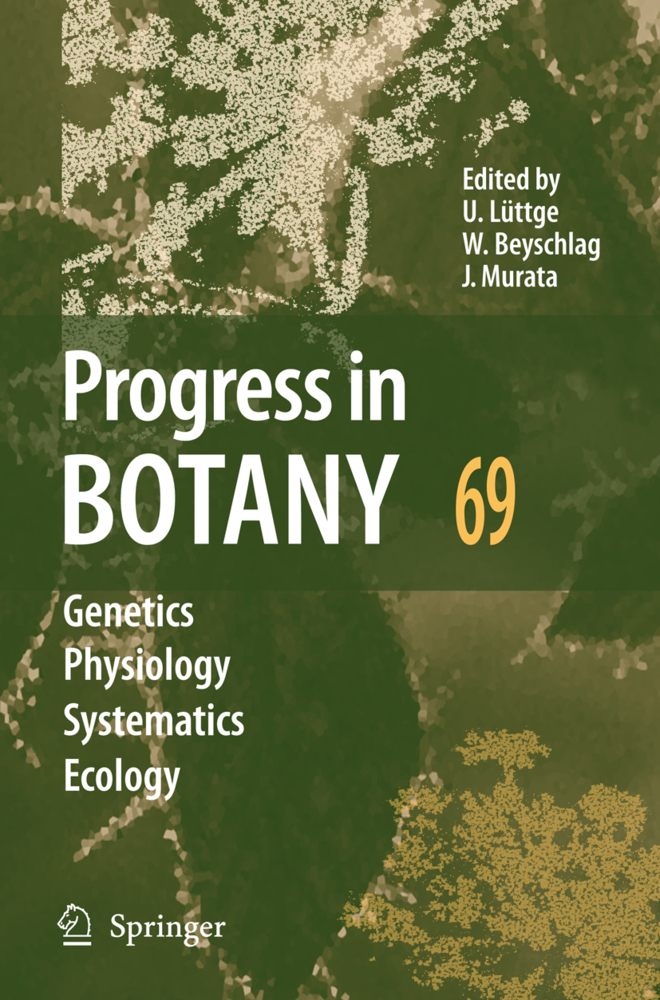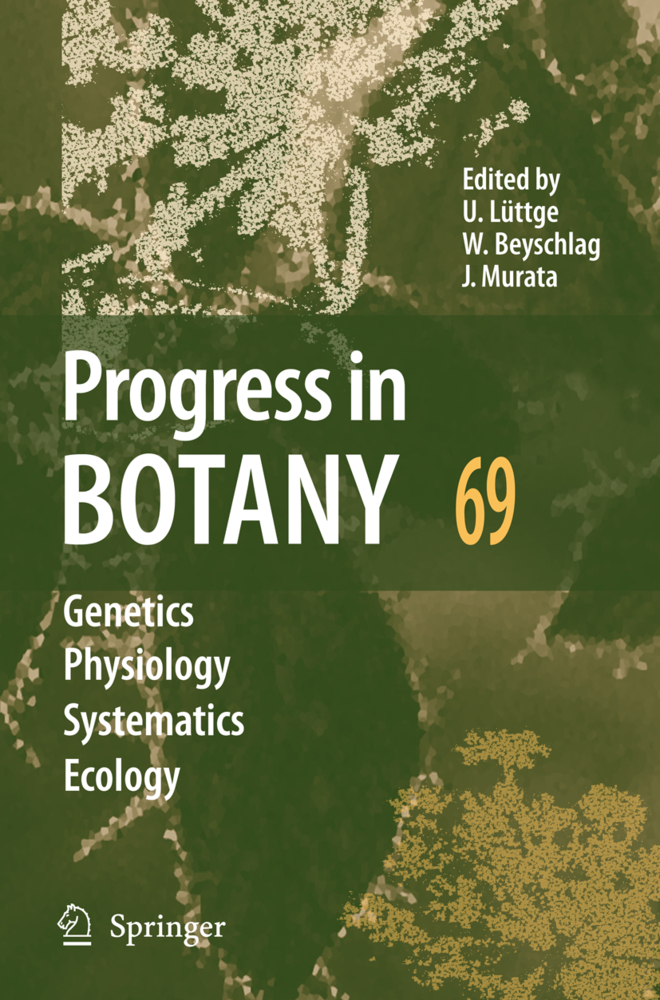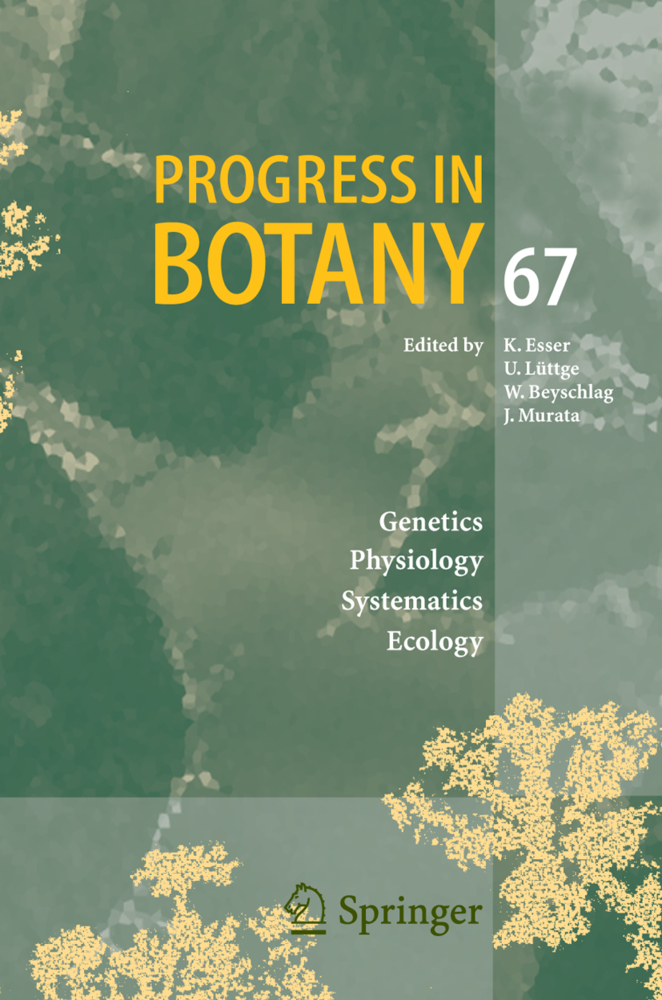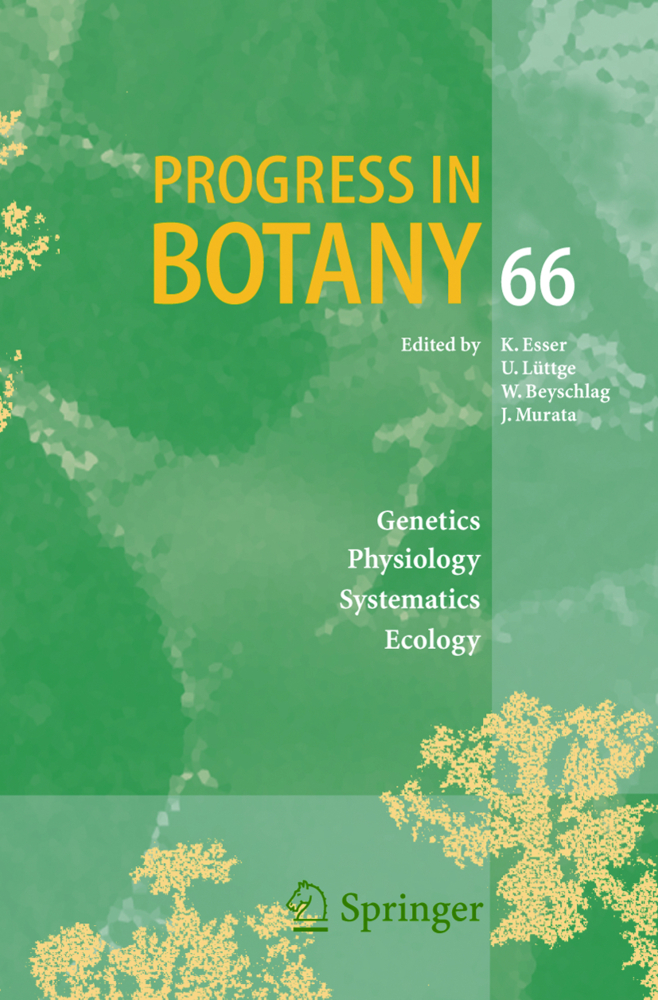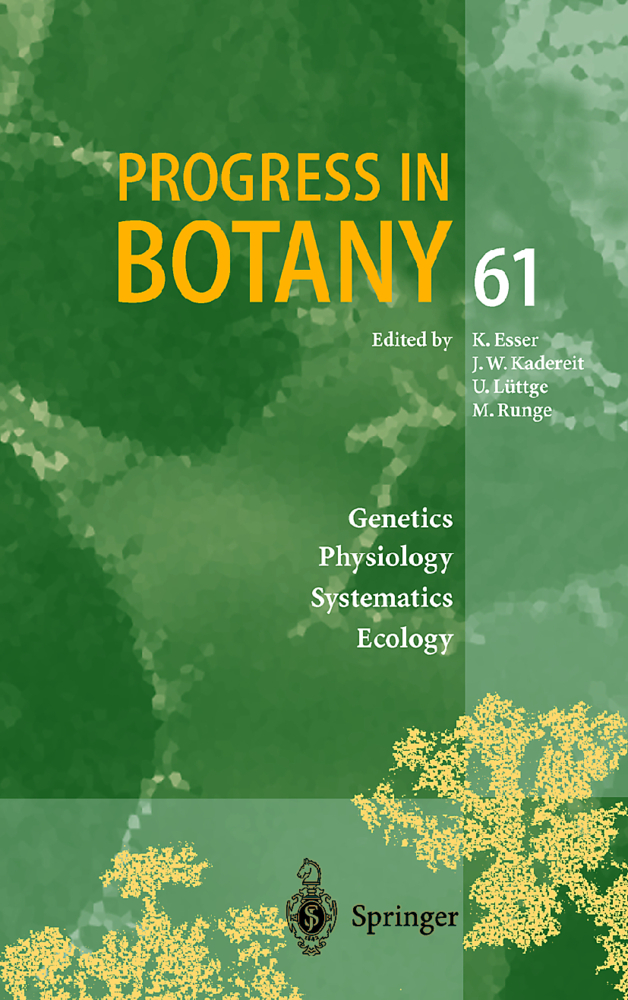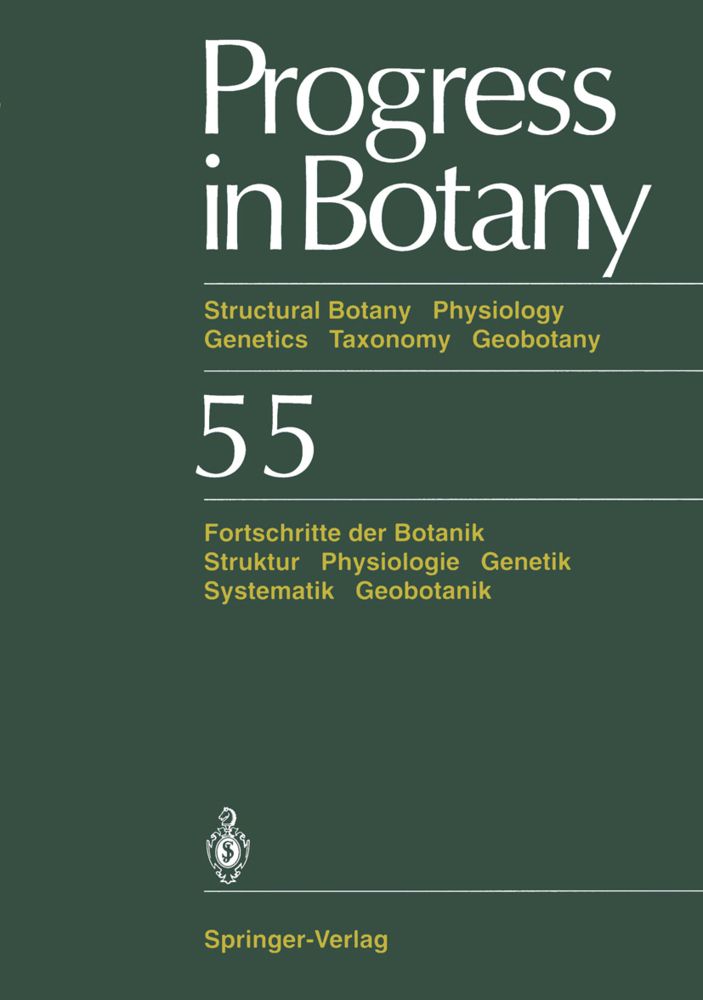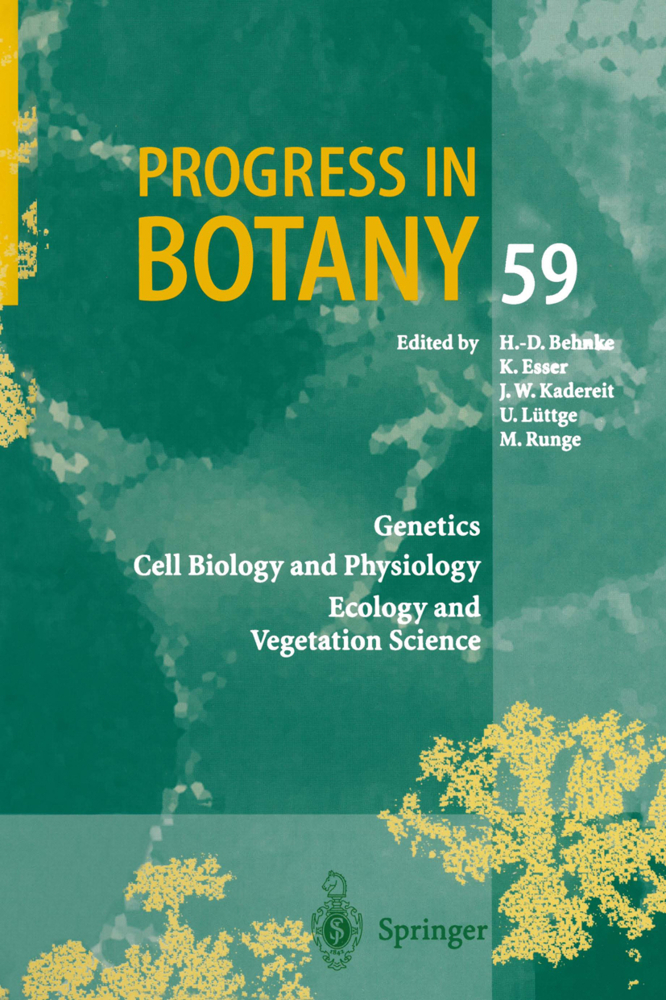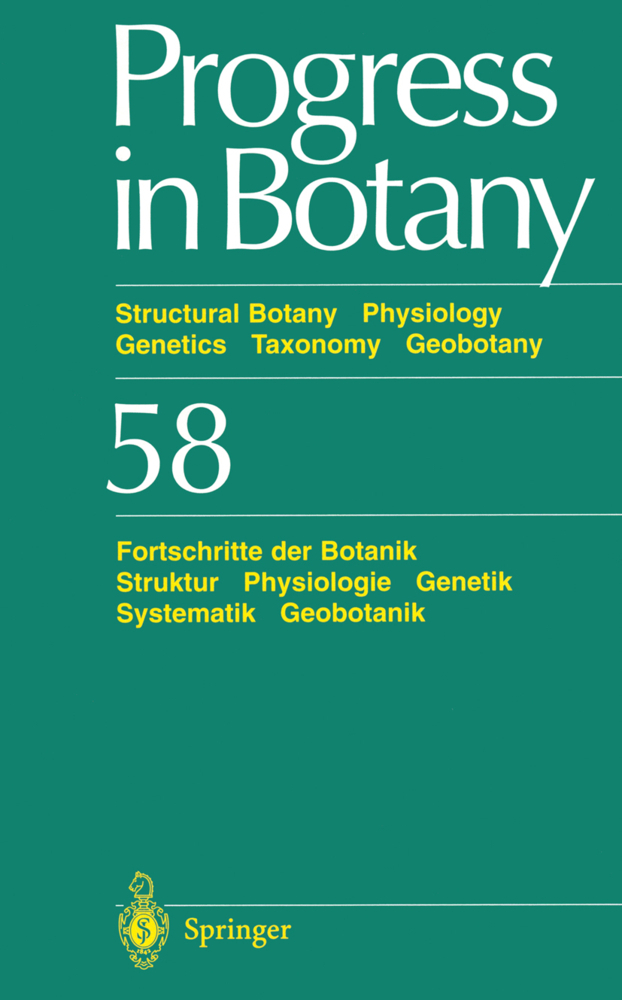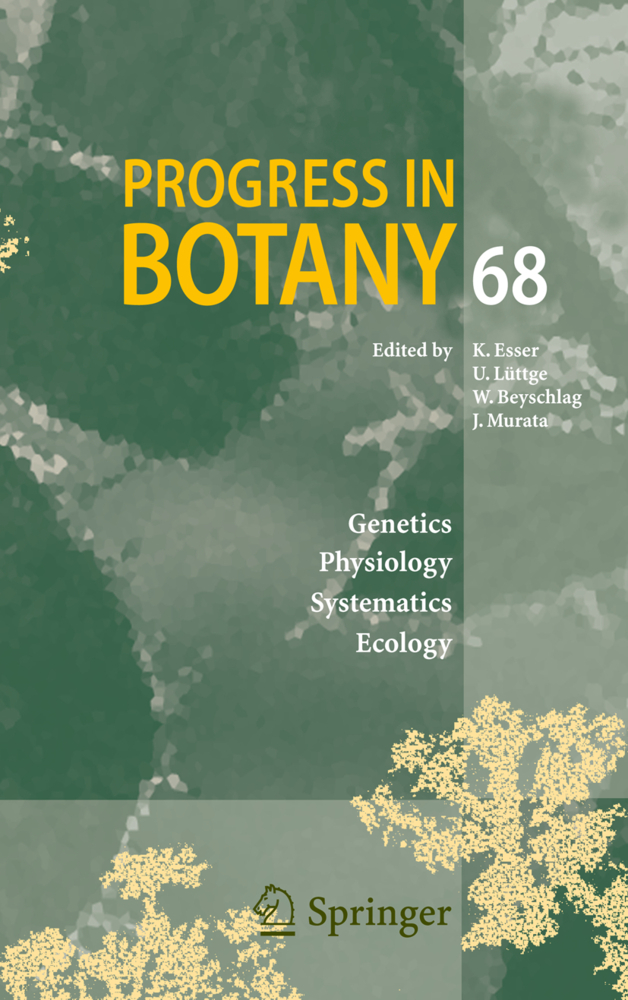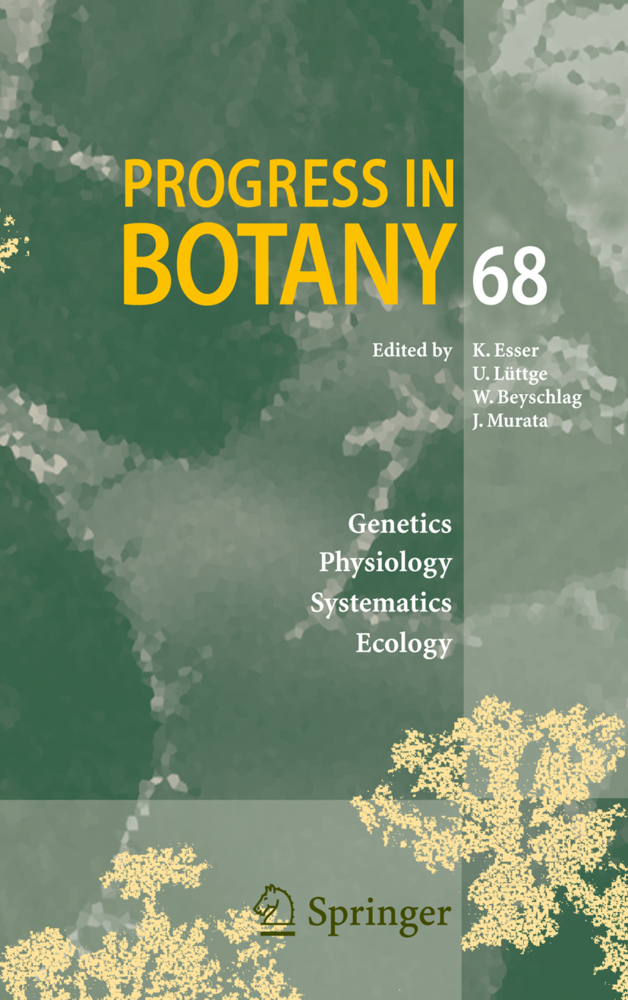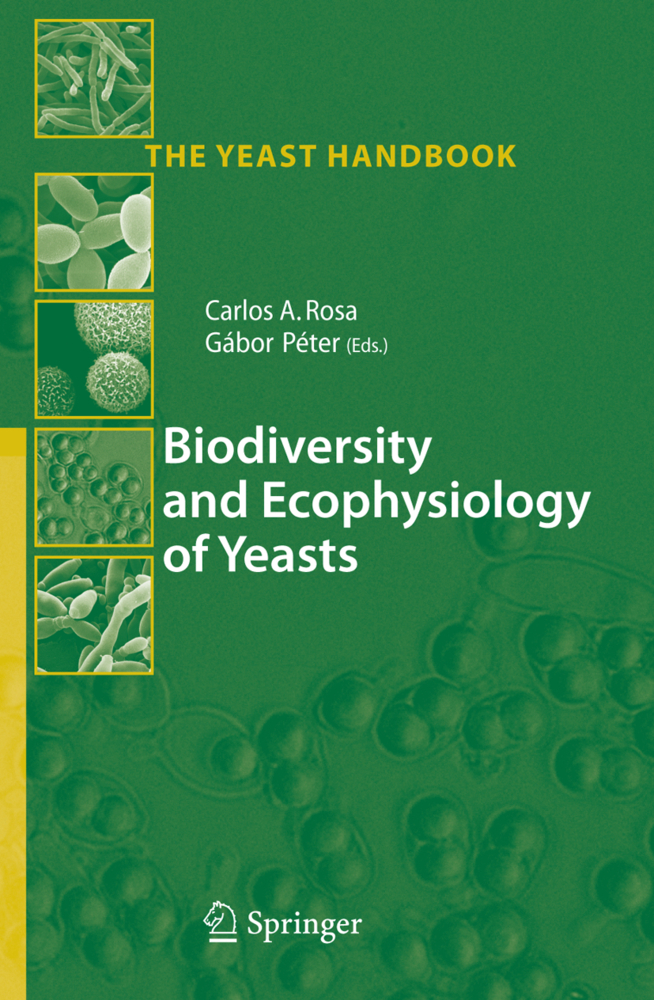Progress in Botany. Vol.69
Genetics - Physiology - Systematics - Ecology
With regard to global climate changes, one of our future challenges will be to develop crop plants that cope better with changing environmental conditions. Abiotic stress is estimated to be the primary cause of crop loss worldwide, with the potential to cause a reduction of more than 50% in the average yield of the main crops. Climatic extremes are known to trigger senescence processes. Many different agriculturally important traits are affected by senescence, like number and quality of seeds, timing of seed set, fruit ripening, etc. . Despite the importance of the sen- cence processes, our knowledge on the regulatory mechanisms of senescence is still poor. However, senescence is not a chaotic breakdown, but an orderly loss of normal cell functions. In contrast to aging processes which have a passive and non-regulated degenerative character (for a review, see Krupinska et al. 2003), senescence is an active and highly regulated process. Senescence can be initiated by exogenous and endogenous triggers. The most important endogenous factors inducing senescence are the age of the leaves and the age and developmental stage of the plant. The leaves of annual plants show a continuous decrease in their photosynthesis rate after full expansion (Batt and Woolhause 1975; Hensel et al. 1993). In fast-aging plants like Arabidopsis, photosynthetic capacity of the leaves decreases by 50% within 4-6 days of full leaf expansion under continuous light conditions (Hensel et al. 1993).
Genetics
Variability of Recombination Rates in Higher Plants
Functional Markers in Resistance Breeding
Extranuclear Inheritance: Plastid-Nuclear Cooperation in Photosystem I Assembly in Photosynthetic Eukaryotes
Molecular Cell Biology: Are Reactive Oxygen Species Regulators of Leaf Senescence?
Physiology
Application of Laser-Assisted Microdissection for Tissue and Cell-Specific Analysis of RNA, Proteins, and Metabolites
Plasma Membrane Redox Systems: Lipid Rafts and Protein Assemblies
Subcellular Sites of Environmental Sensing
Oxidative Stress and Salt Tolerance in Plants
Crassulacean Acid Metabolism: a Cause or Consequence of Oxidative Stress in Planta?
Cuscuta spp: "Parasitic Plants in the Spotlight of Plant Physiology, Economy and Ecology"
Ecology
Bayesian Data-Model Integration in Plant Physiological and Ecosystem Ecology
Quaternary Palaeoecology: Africa and its Surroundings
The Application of Novel Optical Sensors (Optodes) in Experimental Plant Ecology
Indirect Defence - Recent Developments and Open Questions
Functional Differences in Soil Water Pools: a New Perspective on Plant Water Use in Water-Limited Ecosystems
Plant Herbivore Interactions at the Forest Edge
Getting Plant-Soil Feedbacks out of the Greenhouse: Experimental and Conceptual Approaches.
Review
Ecophysiology: Migrations Between Different Levels of ScalingGenetics
Variability of Recombination Rates in Higher Plants
Functional Markers in Resistance Breeding
Extranuclear Inheritance: Plastid-Nuclear Cooperation in Photosystem I Assembly in Photosynthetic Eukaryotes
Molecular Cell Biology: Are Reactive Oxygen Species Regulators of Leaf Senescence?
Physiology
Application of Laser-Assisted Microdissection for Tissue and Cell-Specific Analysis of RNA, Proteins, and Metabolites
Plasma Membrane Redox Systems: Lipid Rafts and Protein Assemblies
Subcellular Sites of Environmental Sensing
Oxidative Stress and Salt Tolerance in Plants
Crassulacean Acid Metabolism: a Cause or Consequence of Oxidative Stress in Planta?
Cuscuta spp: "Parasitic Plants in the Spotlight of Plant Physiology, Economy and Ecology"
Ecology
Bayesian Data-Model Integration in Plant Physiological and Ecosystem Ecology
Quaternary Palaeoecology: Africa and its Surroundings
The Application of Novel Optical Sensors (Optodes) in Experimental Plant Ecology
Indirect Defence - Recent Developments and Open Questions
Functional Differences in Soil Water Pools: a New Perspective on Plant Water Use in Water-Limited Ecosystems
Plant Herbivore Interactions at the Forest Edge
Getting Plant-Soil Feedbacks out of the Greenhouse: Experimental and Conceptual Approaches.
Lüttge, Ulrich
Beyschlag, Wolfram
Murata, Jin
| ISBN | 978-3-540-72953-2 |
|---|---|
| Artikelnummer | 9783540729532 |
| Medientyp | Buch |
| Copyrightjahr | 2007 |
| Verlag | Springer, Berlin |
| Umfang | XII, 479 Seiten |
| Abbildungen | XII, 479 p. |
| Sprache | Englisch |

